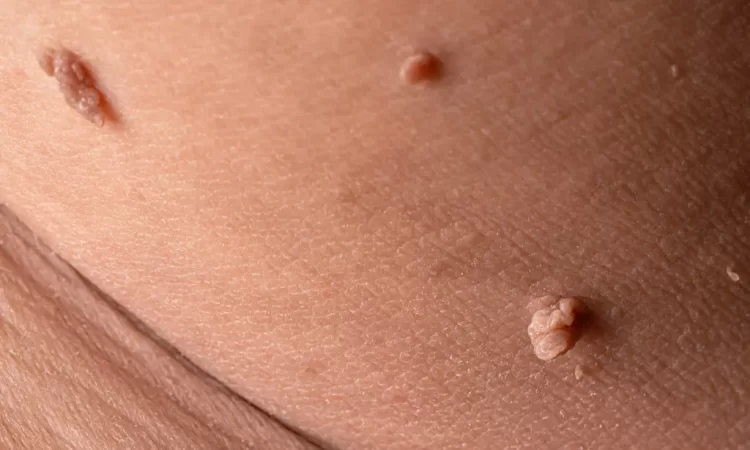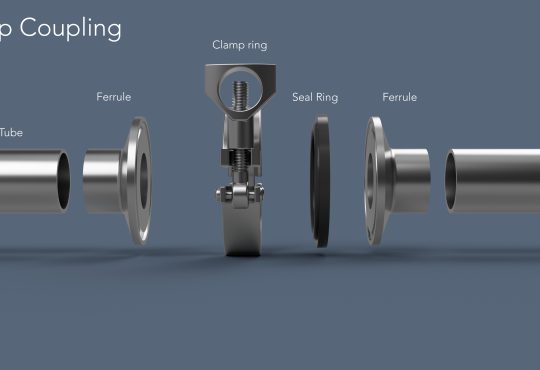
Skin tags are a common, benign skin condition that many people experience at some point in their lives. They are small, soft, and often look like a tiny flap of skin hanging off the surface. While they are usually harmless and don’t require treatment, understanding what causes skin tags, how to treat them, and how to prevent them can be useful.
What Are Skin Tags?
Skin tags, or acrochordons, are small, benign growths that typically appear on areas of the skin where there is friction or rubbing. They are often flesh-colored or slightly darker and can vary in size from a few millimeters to a couple of centimeters.
Diabetic Shock: Symptoms, Causes, and Prevention with CGMs like Freestyle Libre 3
Causes of Skin Tags
The exact cause of skin tags is not well understood, but several factors may contribute to their development:
- Friction: Skin tags often form in areas where skin rubs against skin or clothing, such as the neck, underarms, and groin.
- Genetics: There may be a hereditary component; if your family members have skin tags, you might be more likely to develop them.
- Hormonal Changes: Skin tags can appear during pregnancy or periods of significant hormonal changes.
- Obesity: Overweight individuals are more likely to develop skin tags due to increased friction and skin folds.
Kidney Stones: Causes, Symptoms, and Prevention
How to Treat Skin Tags
In most cases, skin tags are harmless and don’t require treatment. However, if a skin tag becomes painful, irritated, or you simply want it removed for cosmetic reasons, there are several methods to consider:
- Cryotherapy: A healthcare provider applies liquid nitrogen to freeze off the skin tag.
- Electrosurgery: The skin tag is burned off using a high-frequency electrical current.
- Ligation: A small band is placed around the base of the skin tag to cut off its blood supply, causing it to fall off.
- Excision: The skin tag is cut off with a scalpel or scissors.
Note: It’s essential to consult a healthcare professional before attempting any of these treatments to ensure they are appropriate for your situation.
Prevention Tips
While it may not be possible to prevent all skin tags, you can reduce the likelihood of developing them with the following tips:
- Maintain a Healthy Weight: Reducing friction by managing your weight can lower your risk of skin tags.
- Avoid Excessive Friction: Wear loose-fitting clothing and avoid rubbing or irritation in areas prone to skin tags.
- Regular Skin Checks: Monitor your skin for any new growths or changes and consult a dermatologist if you notice anything unusual.
When to See a Doctor
Although skin tags are generally harmless, you should see a healthcare professional if:
- A skin tag changes in color, size, or shape.
- It becomes painful, bleeds, or shows signs of infection.
- You have concerns about the appearance or location of a skin tag.
Conclusion
Skin tags are a common and generally harmless skin condition. While they don’t usually pose a health risk, understanding their causes, treatment options, and preventive measures can help you manage them effectively. Always consult a healthcare professional for advice tailored to your specific situation, especially if you’re considering removal or if you have concerns about any changes in your skin.
For more information or personalized advice, don’t hesitate to reach out to a dermatologist. They can provide you with the most accurate guidance based on your unique needs.




